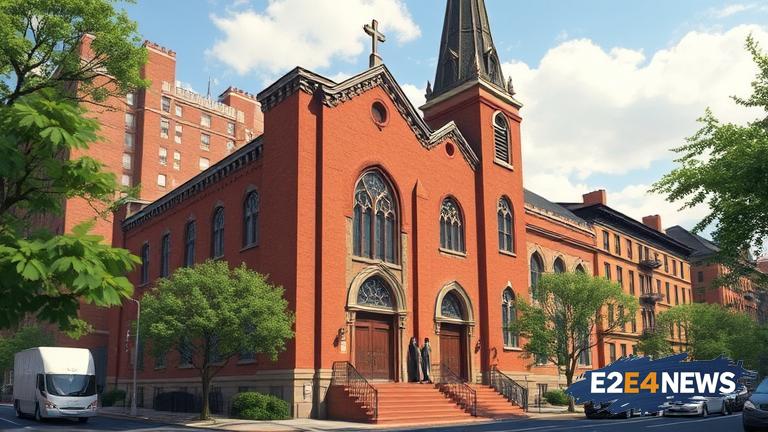A Brooklyn developer has announced plans to convert a historic church in Harlem into an 88-unit residential complex, bringing new life to the iconic building. The church, which has been a staple in the Harlem community for decades, will undergo a significant transformation to make way for the new residential units. The developer, who has experience with similar projects in the past, is committed to preserving the building’s historic charm while also incorporating modern amenities and features. The residential complex will feature a range of unit types, including studios, one-bedroom, and two-bedroom apartments, as well as amenities such as a fitness center, community lounge, and rooftop deck. The building’s historic facade will be preserved, with the developer working to restore the original architectural details and features. The project is expected to break ground in the coming months, with completion anticipated within the next two years. The conversion of the church into a residential complex is seen as a positive development for the Harlem community, which has been experiencing a surge in new development and investment in recent years. The project is also expected to bring new economic activity to the area, with the creation of jobs and stimulation of local businesses. However, some community members have expressed concerns about the potential impact of the project on the neighborhood’s character and affordability. The developer has committed to working with local stakeholders to address these concerns and ensure that the project benefits the community as a whole. The historic church, which was built in the early 20th century, has a rich history and has played a significant role in the Harlem community for generations. The building’s conversion into a residential complex marks a new chapter in its history, one that will see it continue to serve as a vibrant and dynamic part of the community. The project is also notable for its use of historic preservation tax credits, which will help to offset the costs of restoring the building’s historic features. The developer is working closely with local preservation groups to ensure that the project meets the highest standards of historic preservation. Overall, the conversion of the historic Harlem church into an 88-unit residential complex is a significant development for the community, one that will bring new life and energy to the area while also preserving the building’s rich history and cultural significance. The project is a testament to the power of adaptive reuse and historic preservation, and demonstrates the potential for creative and innovative development in urban areas. As the project moves forward, it will be important for the developer to continue working with local stakeholders to ensure that the project meets the needs and concerns of the community.
